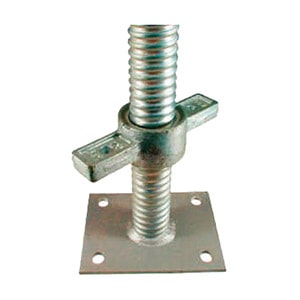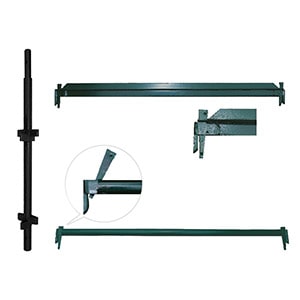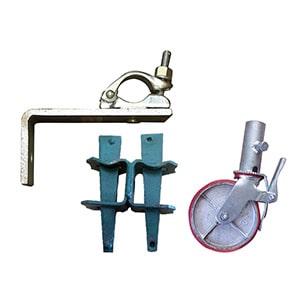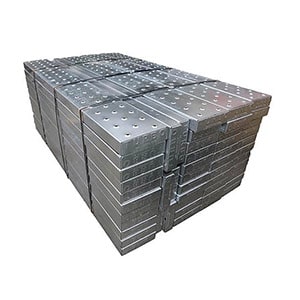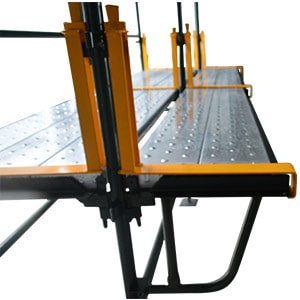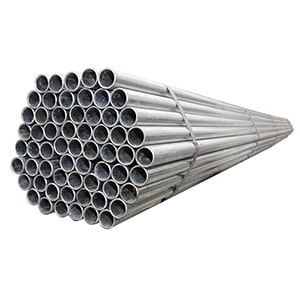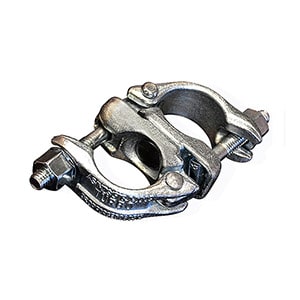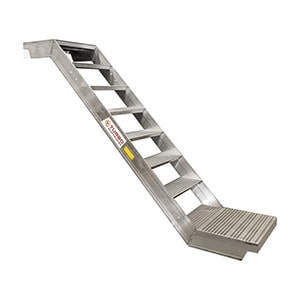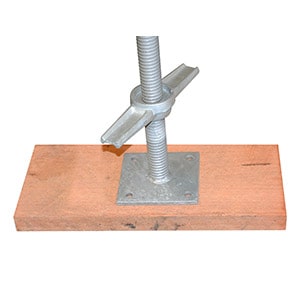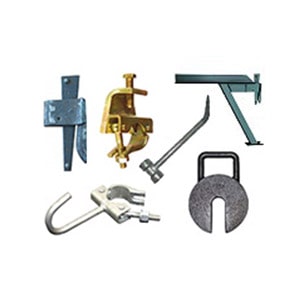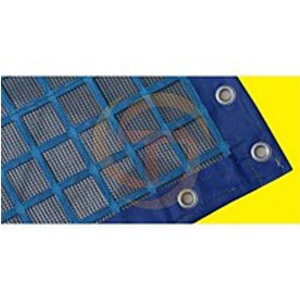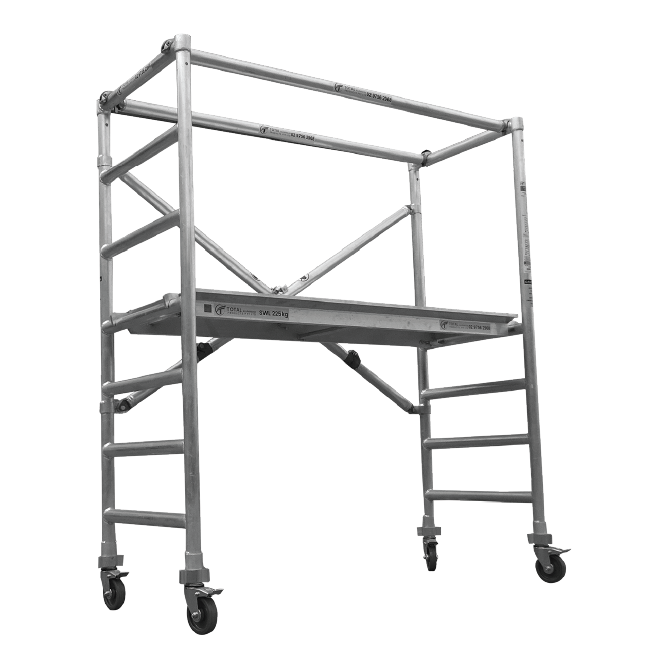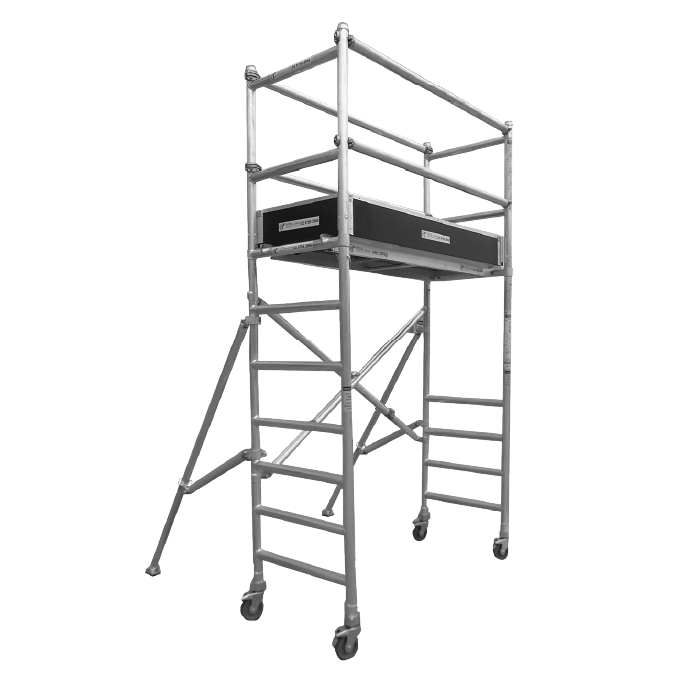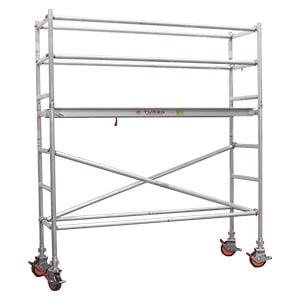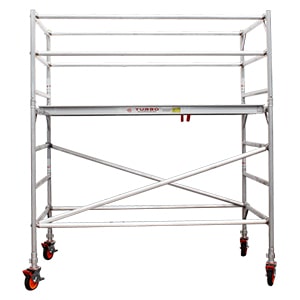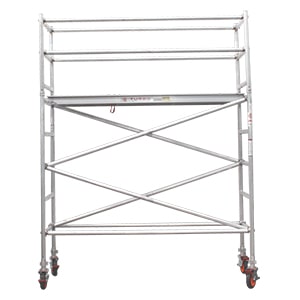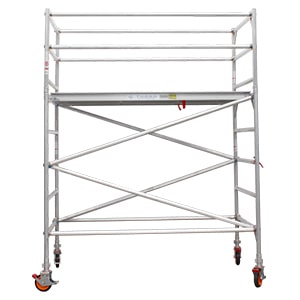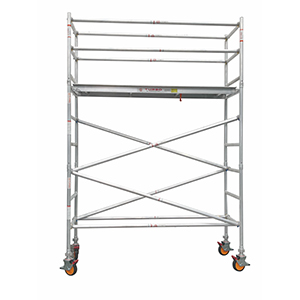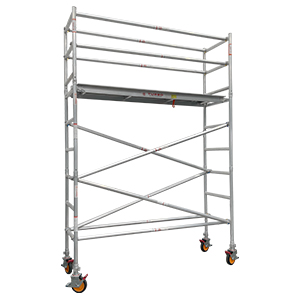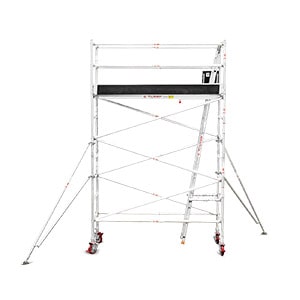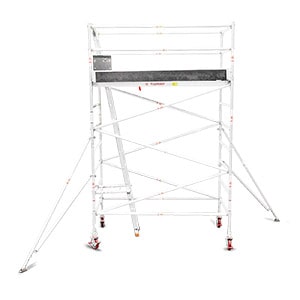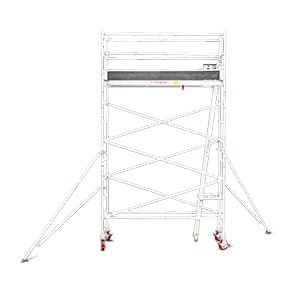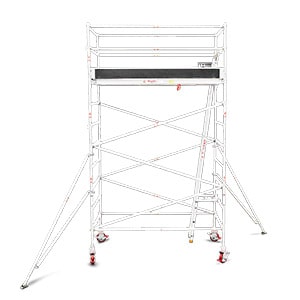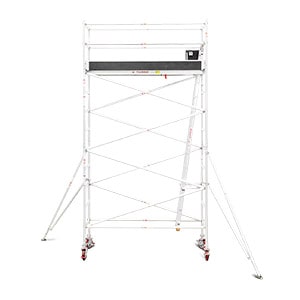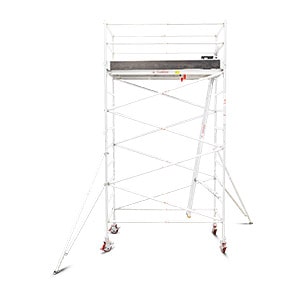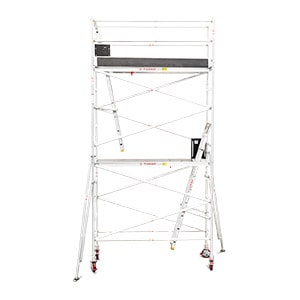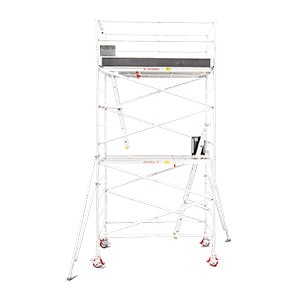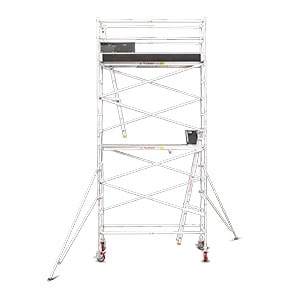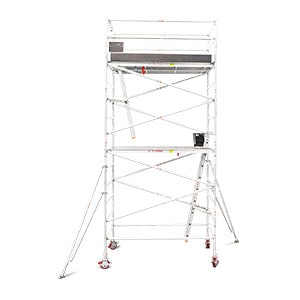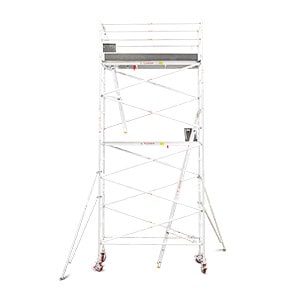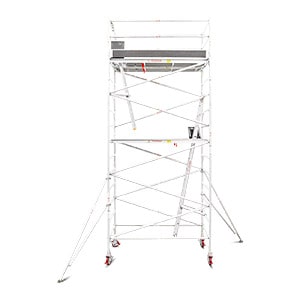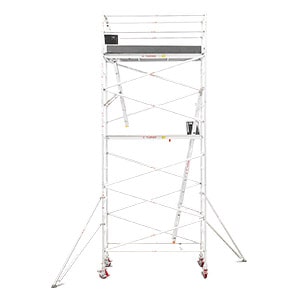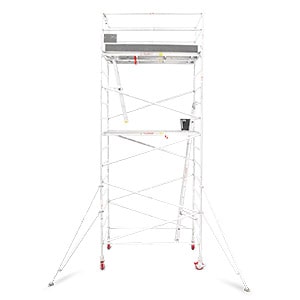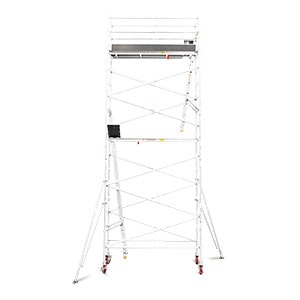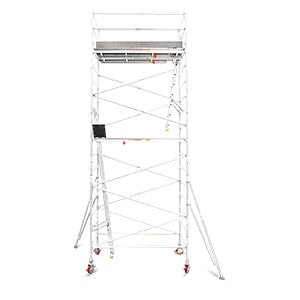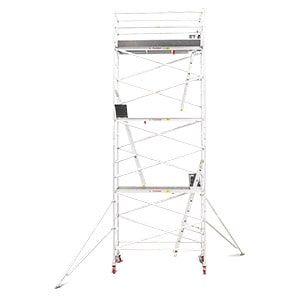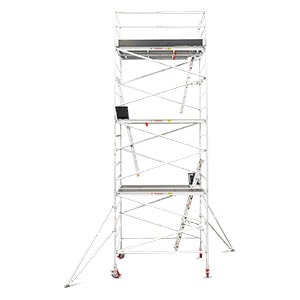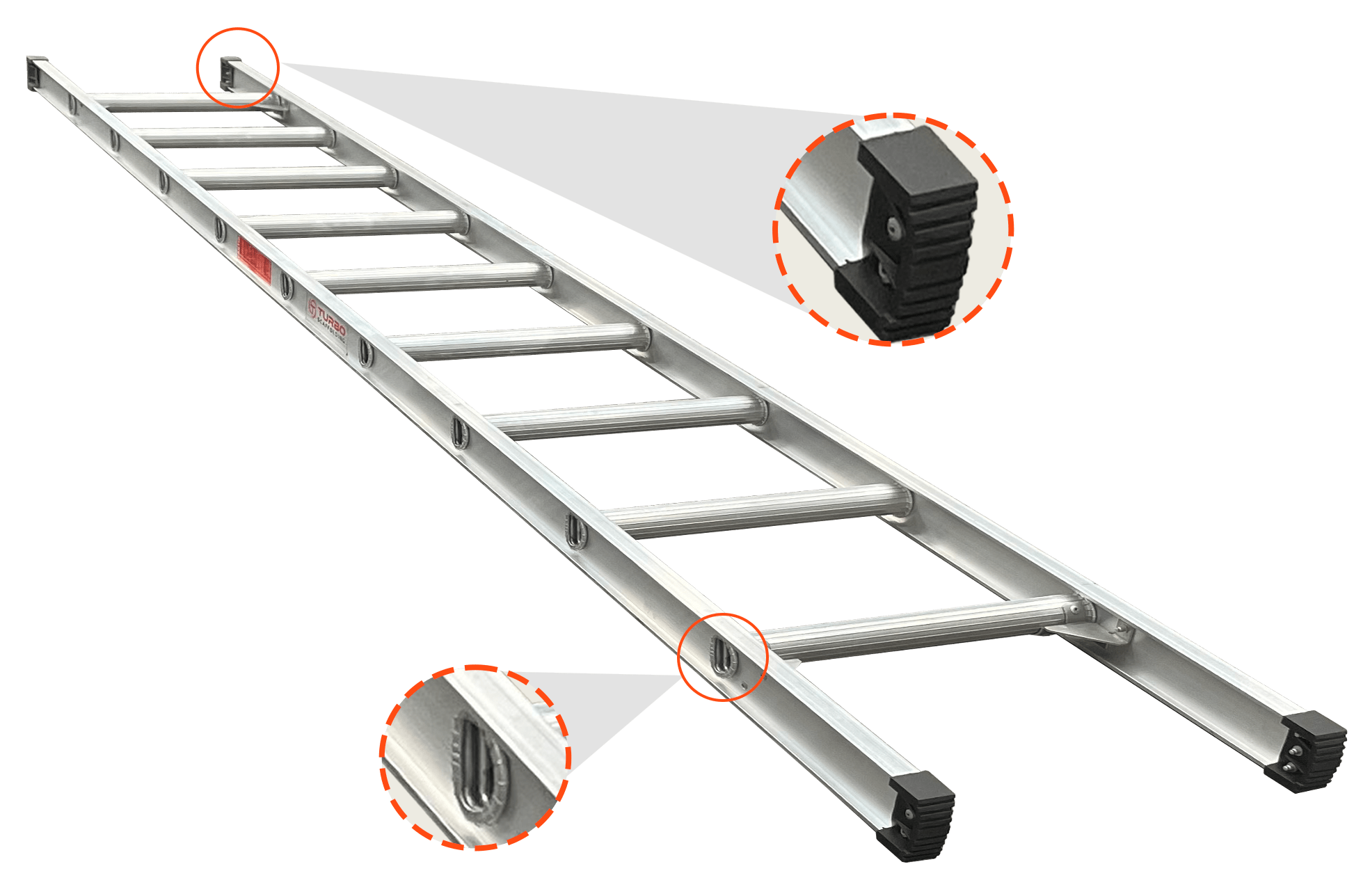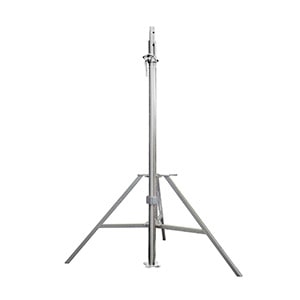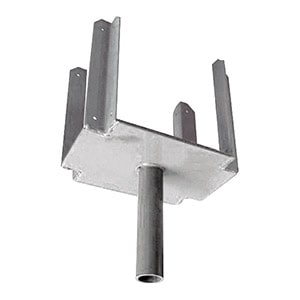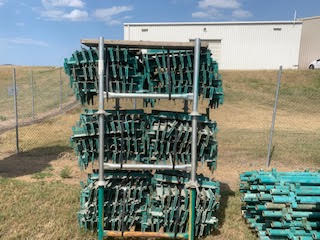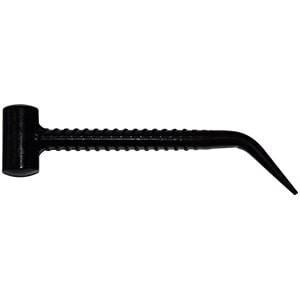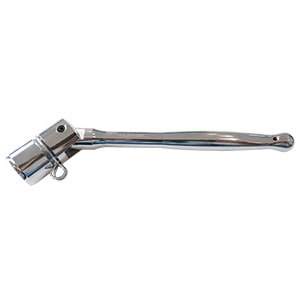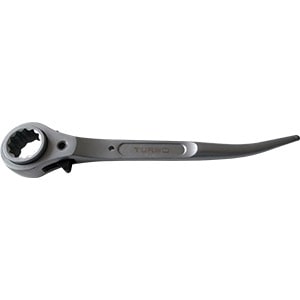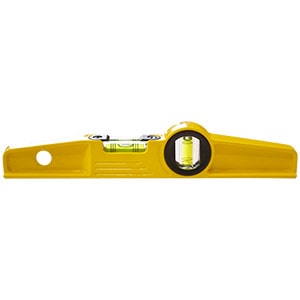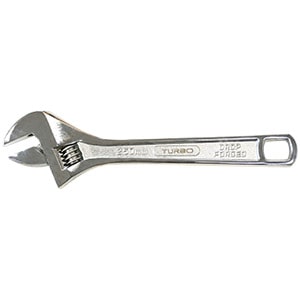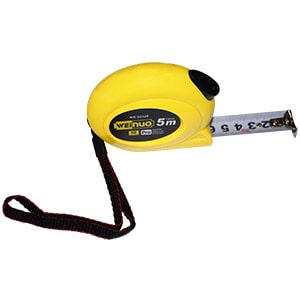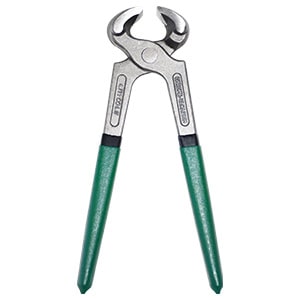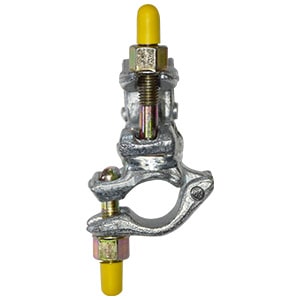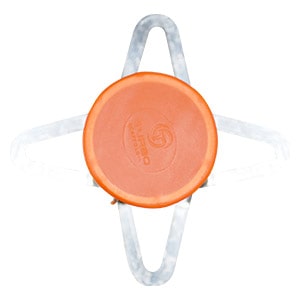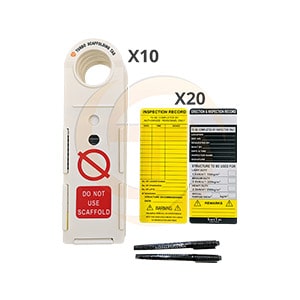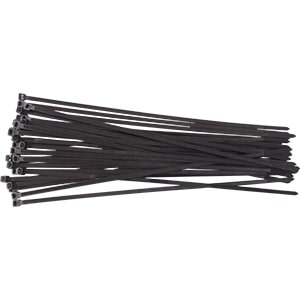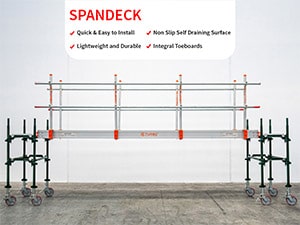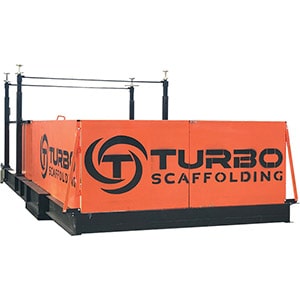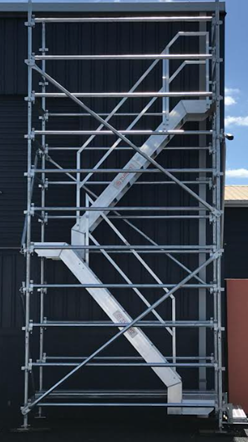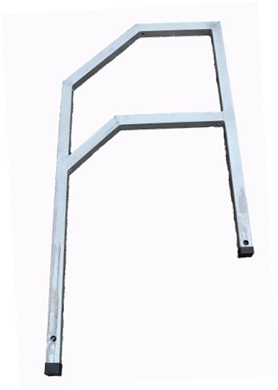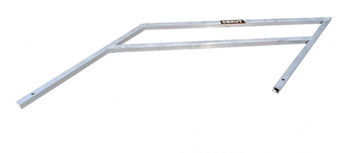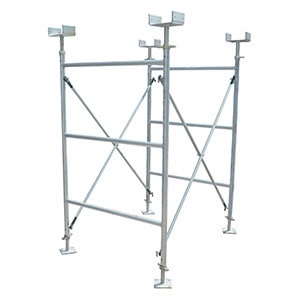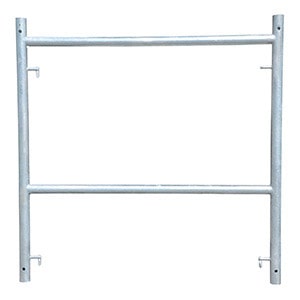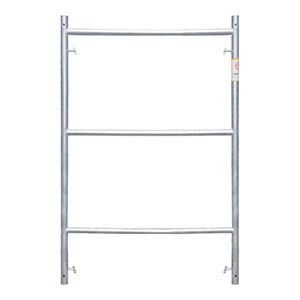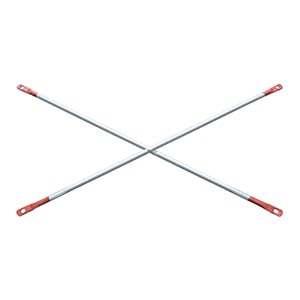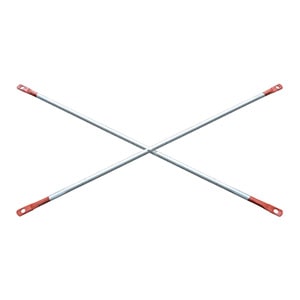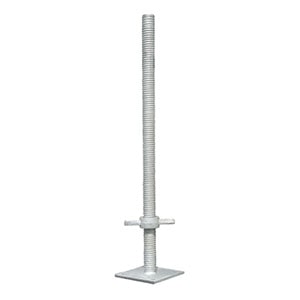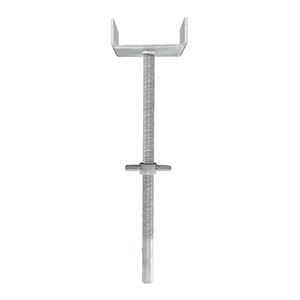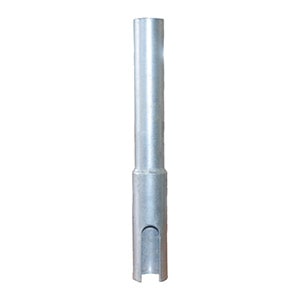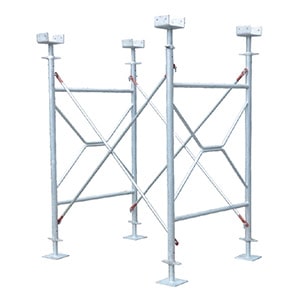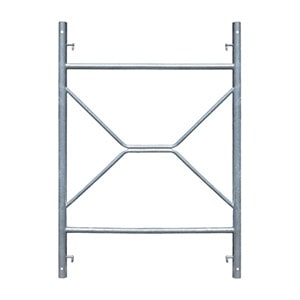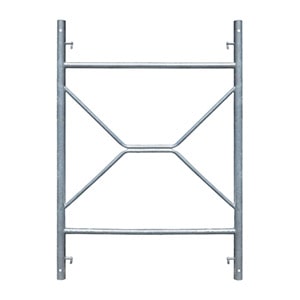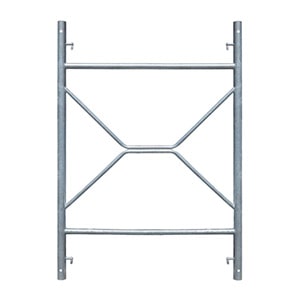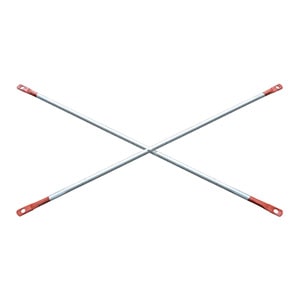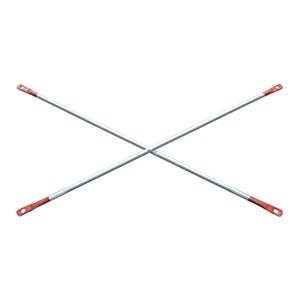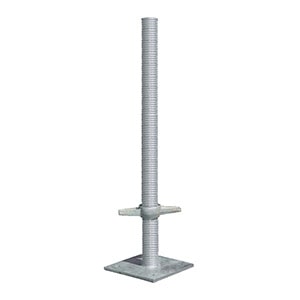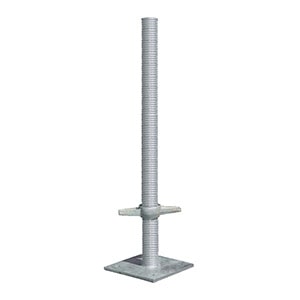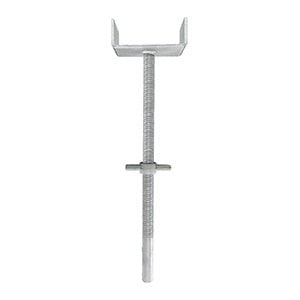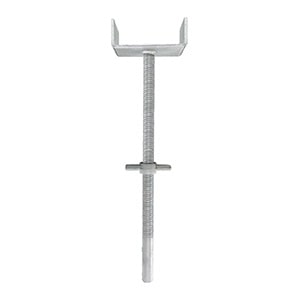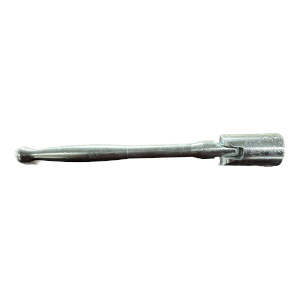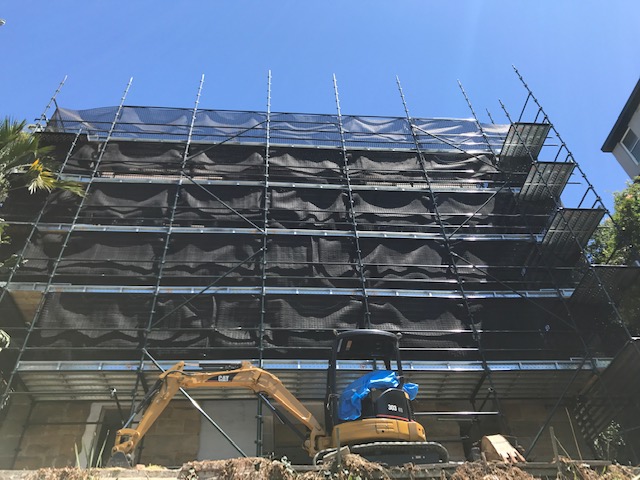When you have a job that requires scaffolding it can be confusing as to which scaffold you’ll need. You may think that scaffold is just scaffold but you’d be far from right. There are many factors to consider before choosing the type and design of scaffold you’ll require for the next job.
Steel or Aluminium
Scaffold comes in 2 main types, that being steel or aluminium and they are used for very different purposes. Steel scaffold can carry much more load than aluminium and therefore can be built much higher and used for jobs that require materials to be stacked on it such as bricklaying. Steel scaffold is what you’ll see around building sites for multi story apartment blocks. The downside of steel is that it’s much harder to work with as it’s much heavier and usually requires more people, or even a crane to lift it in place.
Aluminium scaffold is the easiest to work with and the most versatile scaffold there is. It is lightweight, has flexible design and can be fitted to suit almost every situation. It does not have the load capacity of steel, and therefore it cannot be loaded up with materials. It also cannot be built to the same height as steel. Aluminium scaffold is used for things such as single story homes, roof repairs or technical jobs that require minimal disturbance such as heritage listed buildings, or interior work.
Are you Building Up or Down?
When you think of scaffolding you usually think of building up to reach a higher point for repairs or building, but what if you have to work under a bridge? You can have a scaffold tower which enables you to reach heights, but you can also have a suspension scaffold that allows you to build down from a structure such as a bridge to reach underneath for repairs and maintenance.
The main purpose of suspension scaffold is to reach areas when there is no solid structure underneath to build off, or where the structure you are trying to reach is higher than practical for a standard scaffold tower. If your job required repairs to a bridge spanning water a suspension scaffold would be your go to.
Mobile or Stationary
Most scaffold is a solid structure built from the ground up and held in place against a wall or other solid structure to stop it swaying, but what if you needed to move it? If you have a job such as gutter repairs or the painting of a high ceiling you may want to be able to move your scaffold like you would a ladder so that you can move along at your own pace, rather than having someone come back and strip and rebuild every time you need to move.
Mobile scaffold towers are great for small jobs that require you to move along from one point to the next. You do, however, need pretty even stable ground to secure to and to be able to move easily.
Budget and Recommendations
These 2 factors will always come into your decision. There is a big difference in price between your common scaffold structures but you’ll want to make sure you have the best one for your job at hand and if you know someone that’s used it before it’s always good to get the opinion of those that have utilised it in real life scenarios.

